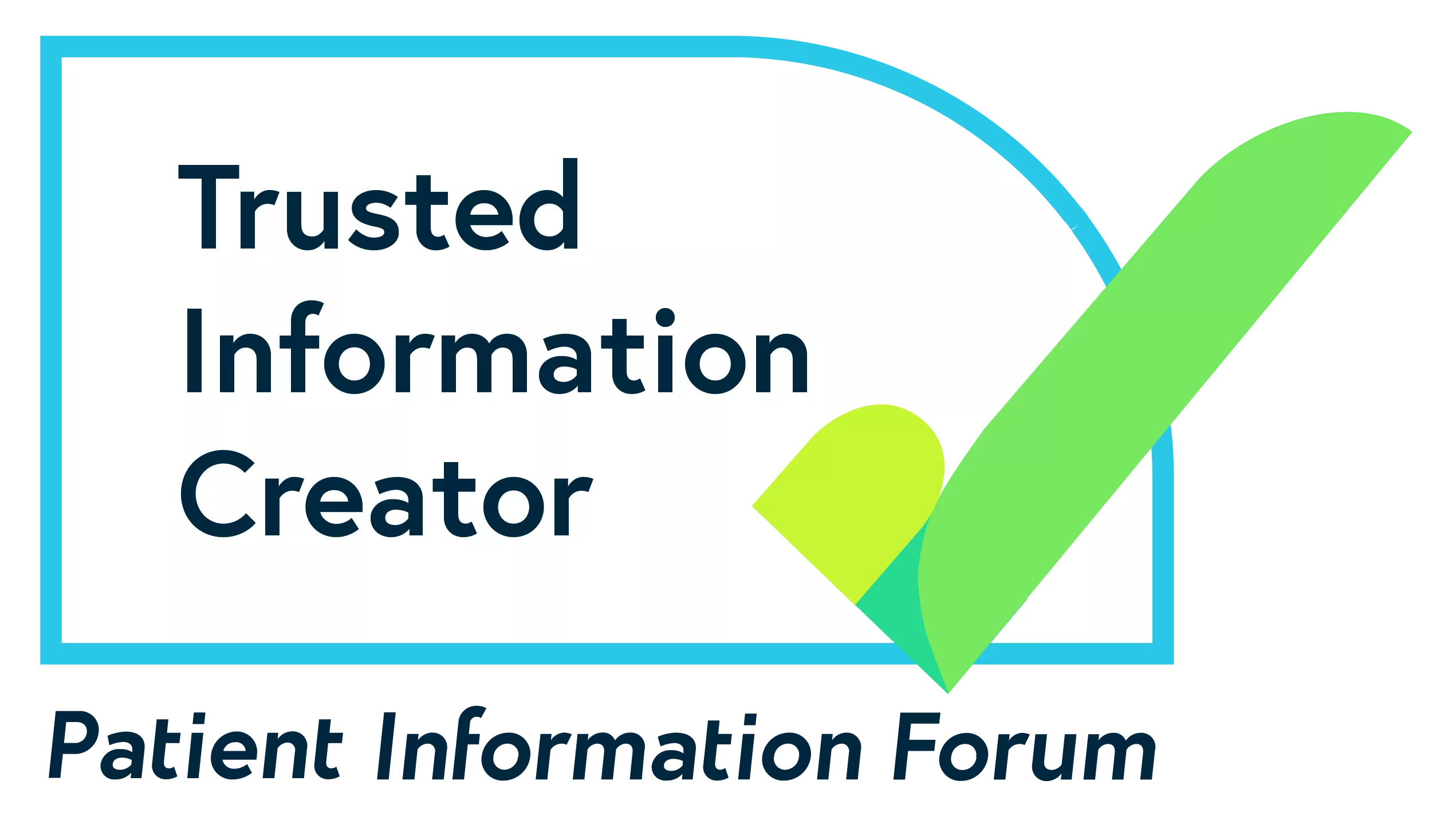Self-harm
Explains self-harm, including possible causes and how you can access treatment and support. Includes tips for helping yourself, and guidance for friends and family.
View this information as a PDF (new window)
What is self-harm?
Self-harm is when you hurt yourself as a way of dealing with very difficult feelings, painful memories or overwhelming situations and experiences. Some people have described self-harm as a way to:
- express something that is hard to put into words
- turn invisible thoughts or feelings into something visible
- change emotional pain into physical pain
- reduce overwhelming emotional feelings or thoughts
- have a sense of being in control
- escape traumatic memories
- have something in life that they can rely on
- punish themselves for their feelings and experiences
- stop feeling numb, disconnected or dissociated (see dissocation and dissociative disorders)
- create a reason to physically care for themselves
- express suicidal feelings and thoughts without taking their own life.
After self-harming you may feel a short-term sense of release, but the cause of your distress is unlikely to have gone away. Self-harm can also bring up very difficult emotions and could make you feel worse.
Even though there are always reasons underneath someone hurting themselves, it is important to know that self-harm does carry risks. Once you have started to depend on self-harm, it can take a long time to stop.

Under 18? Read our tips for young people on coping with self-harm

My body comes with a trigger warning
I didn't know how else to cope. I didn't like myself.
Talking about self-harm
Watch Ben, Lechelle, Debbie and Zainab talk about the reasons behind their self-harm, the different ways they have learned to cope and how they think friends and family could have supported them.
How do people self-harm?
There are lots of different forms of self-harming. Some people use the same one all the time, other people hurt themselves in different ways at different times.
Ways people self-harm can include:
- cutting yourself
- poisoning yourself
- over-eating or under-eating
- exercising excessively
- biting yourself
- picking or scratching at your skin
- burning your skin
- inserting objects into your body
- hitting yourself or walls
- misusing alcohol, prescription and recreational drugs
- pulling your hair
- having unsafe sex
- getting into fights where you know you will get hurt.
I think one of my biggest barriers to getting help was actually not admitting to myself that I had a problem. I used to tell myself, 'I'm only scratching, it's not real self-harm.'
This information was published in May 2020.
This page is currently under review. All content was accurate when published.
References and bibliography available on request.
If you want to reproduce this content, see our permissions and licensing page.













